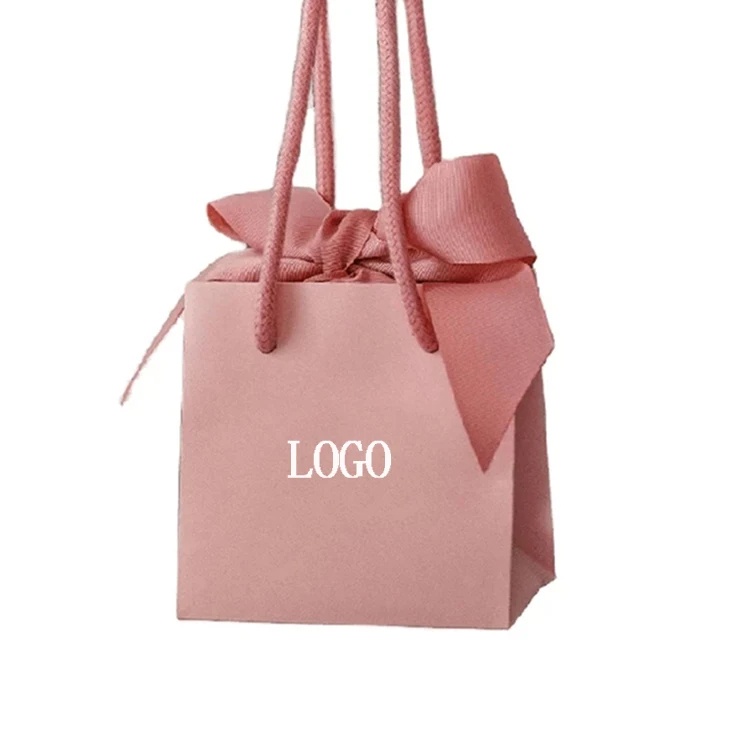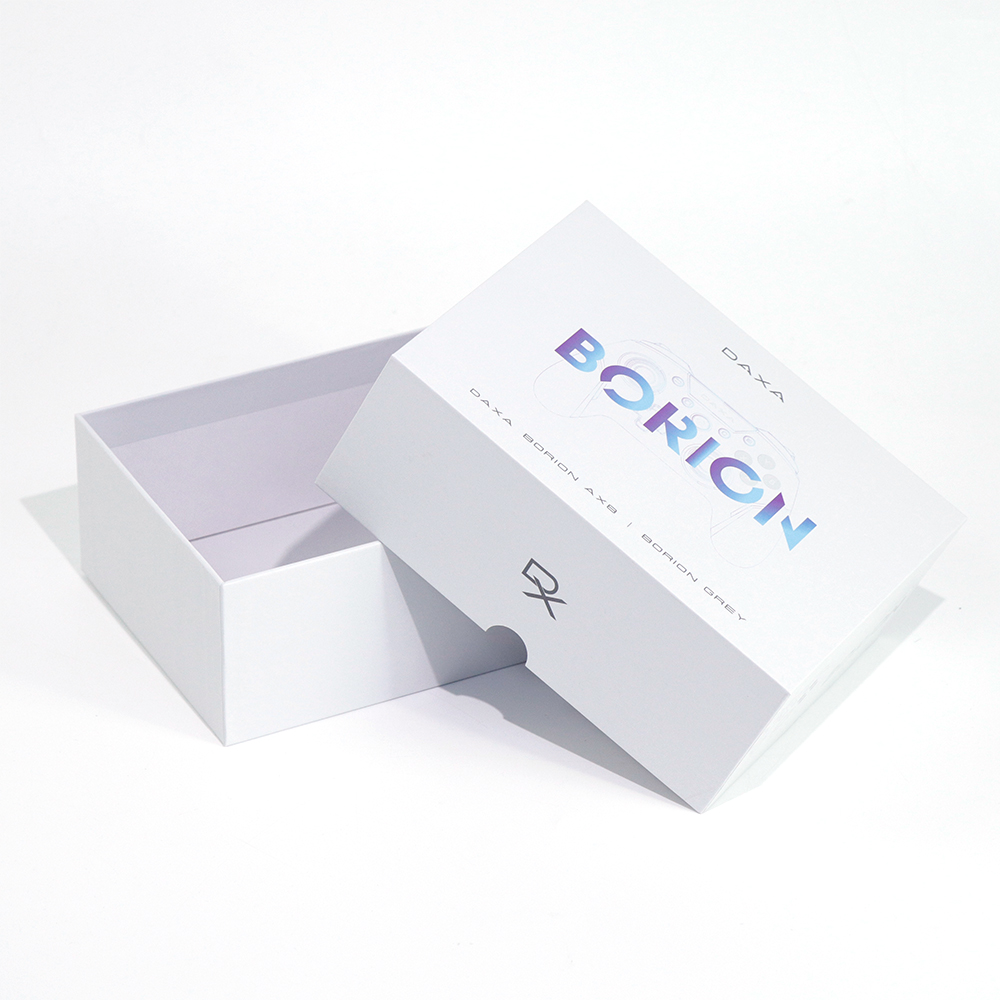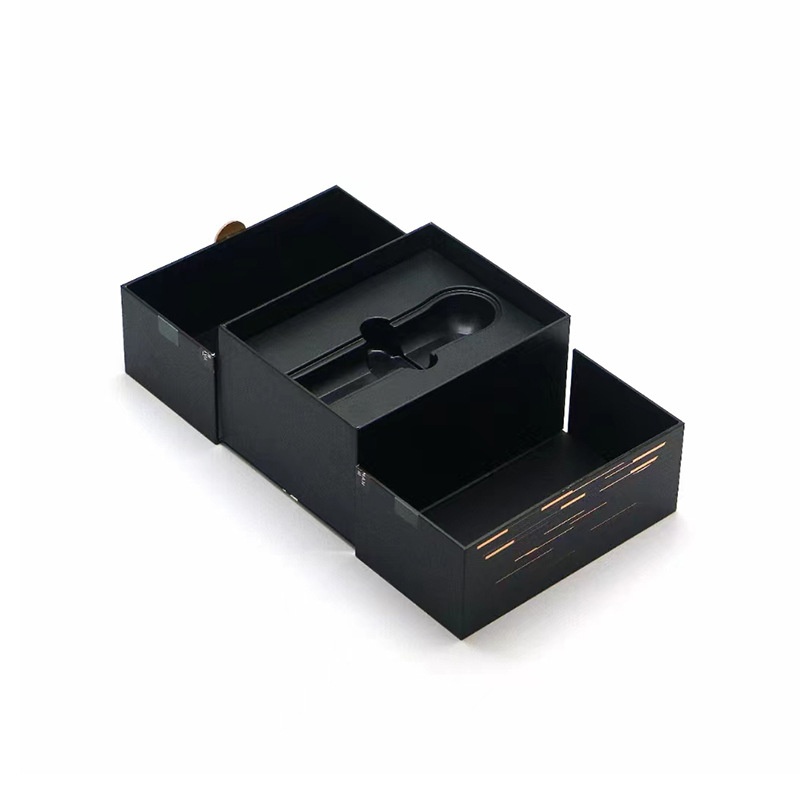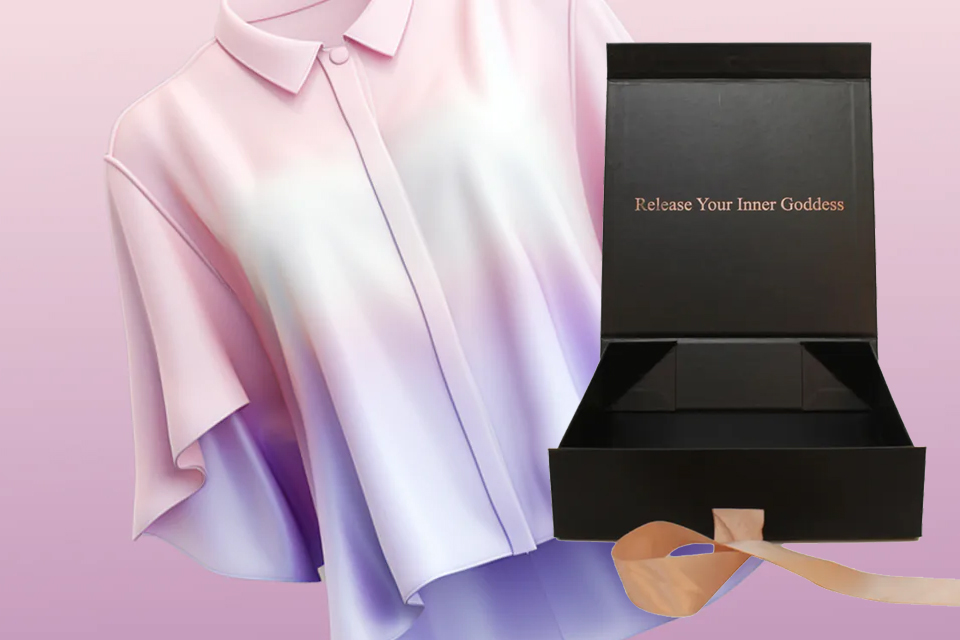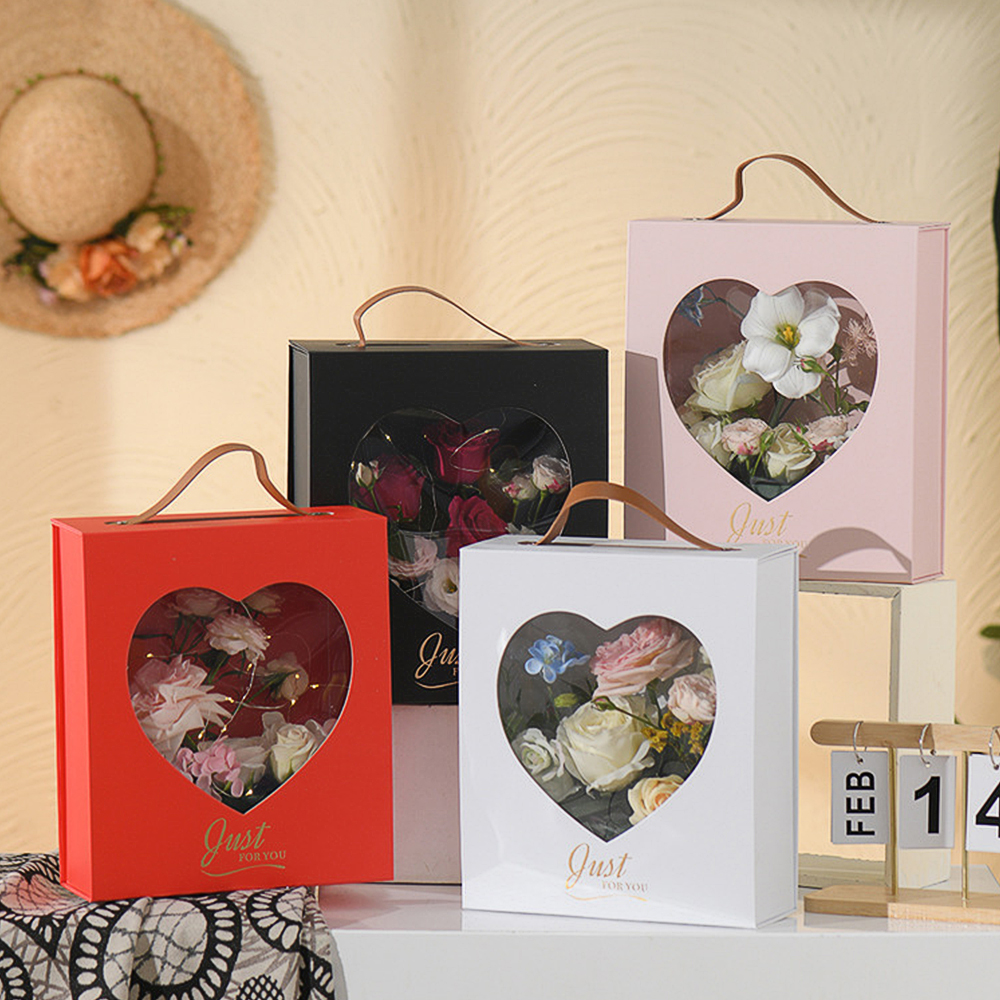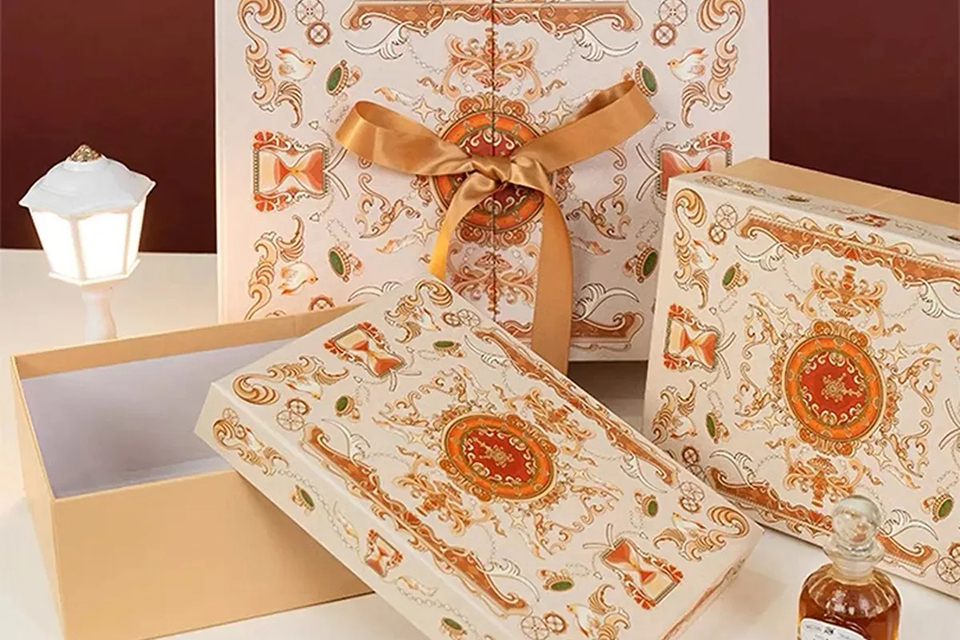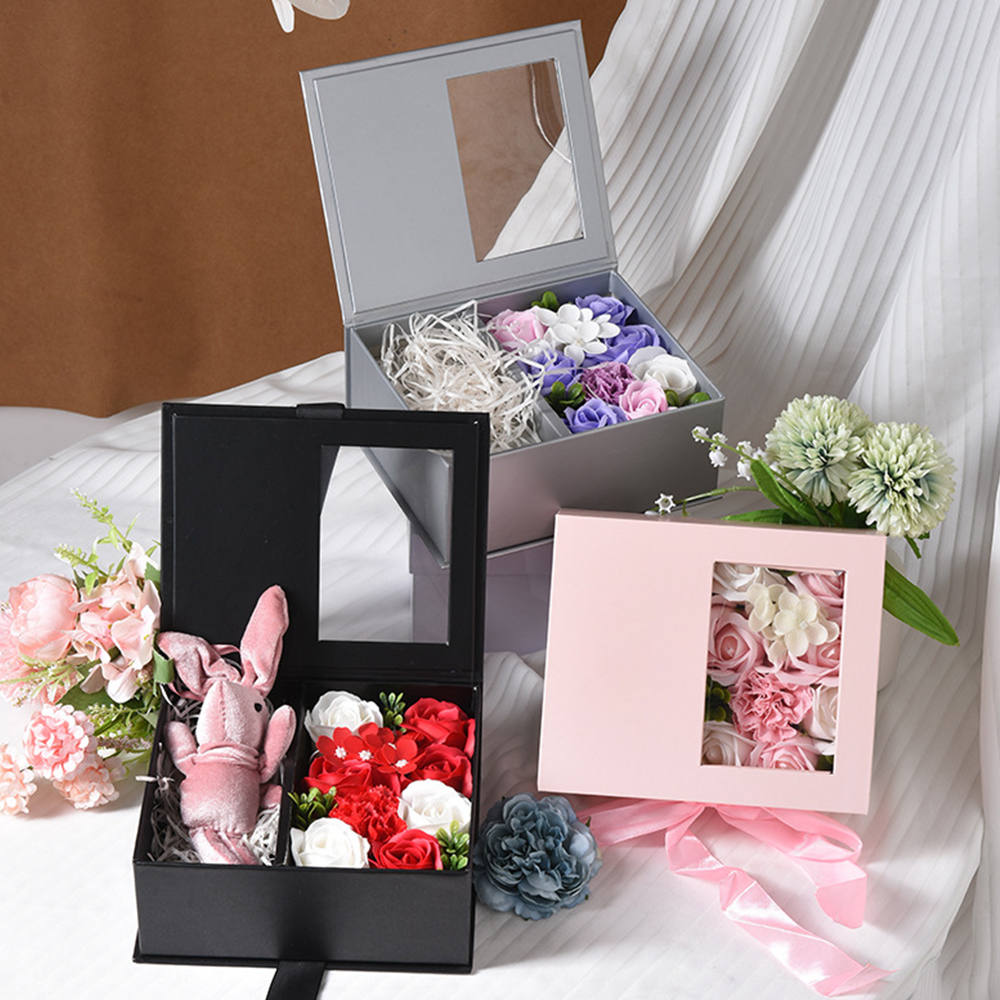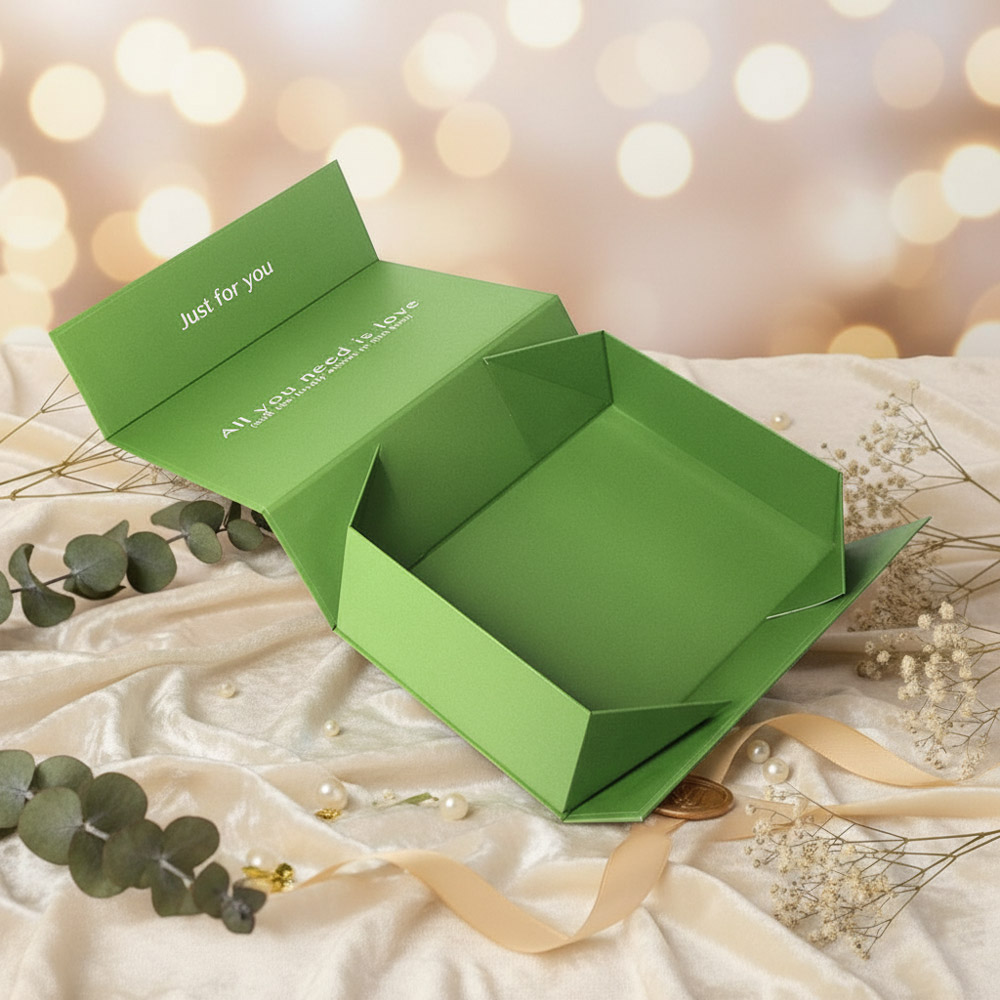Streszczenie
W czasach, gdy konkurencja w branży obuwniczej i odzieżowej jest zacięta, pudełka do pakowania ewoluowały od prostego narzędzia ochrony produktu do głównego nośnika wartości marki. Niniejszy artykuł systematycznie analizuje logikę dostosowywania pudełek do pakowania obuwia i odzieży w dziesięciu wymiarach, w tym dobór materiałów, innowacje projektowe, proces produkcji i trendy w zakresie ochrony środowiska, a także łączy przypadki branżowe i wiarygodne dane, aby zapewnić markom praktyczne strategie, od zarządzania łańcuchem dostaw po przełomy rynkowe.
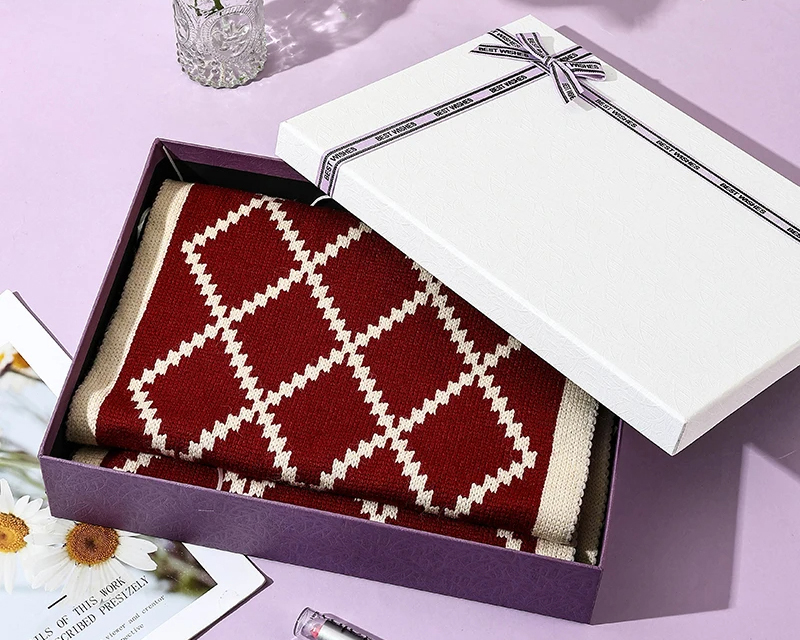
1. Wybór materiału: współczynnik naukowy określa cykl życia produktu
Materiał buta i pudełka do pakowania odzieży musi zrównoważyć ochronę, ochronę środowiska i opłacalność. Na przykład pudełka z tektury falistej (jednowarstwowy papier CCNB o gramaturze 300 g + papier kraft o gramaturze 170 g) stały się pierwszym wyborem do transportu obuwia sportowego ze względu na ich wytrzymałość na ściskanie. Marki z najwyższej półki, takie jak CROATA, używają dwustronnie klejącej tektury o grubości 2 mm, pokrytej powlekanym papierem i wytłoczonym złotem na powierzchni, nadając opakowaniu luksusową teksturę. Badania wykazały, że wytrzymałość na ściskanie pudeł z tektury falistej jest ponad trzykrotnie większa niż zwykłej tektury, ale jej odporność na wilgoć można zwiększyć o 40% poprzez laminowanie.
2. Projektowanie strukturalne: dwukierunkowy przełom w funkcjonalności i estetyce
Spersonalizowane opakowania muszą wprowadzać innowacje strukturalne w zakresie cech produktu:
- Wycinana konstrukcja otworu: W przypadku produktów o specjalnym kształcie, takich jak wysokie obcasy i buty, precyzyjne rowkowanie może zamocować korpus buta i zmniejszyć zużycie podczas transportu.
- Technologia przezroczystych okien: PET lub degradowalny biofilm jest używany do ekspozycji produktu i uniknięcia nadmiernego rozpakowywania.
3. Proces drukowania: wizualny wzmacniacz wizerunku marki
Zróżnicowane zastosowania druku offsetowego i fleksograficznego:
- Druk offsetowy: Nadaje się do kartonowych pudełek na prezenty, z odwzorowaniem kolorów 98% i obsługuje tłoczenie makro na gorąco (takie jak matowy czarny + czerwony nadruk CROATA).
- Druk fleksograficzny: Pierwszy wybór dla pudeł z tektury falistej, z silną przepuszczalnością atramentu i 50% zwiększoną odpornością na tarcie. Dane pokazują, że technologia druku UV może zwiększyć połysk opakowań o 60%, stając się kluczem do premii luksusowych marek.
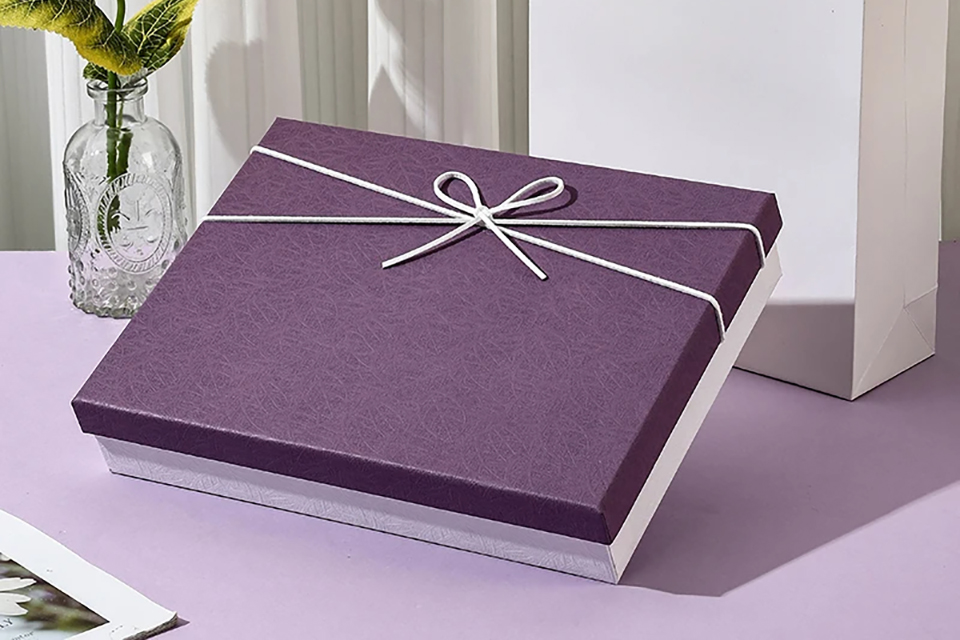
4. Trendy środowiskowe: Od zgodności do transformacji wartości handlowej
Dyrektywa UE w sprawie ekologicznych opakowań promuje zmiany w branży:
- Ulepszenie materiałów: Fuson Graphics korzysta z cyfrowych pras drukarskich HP Indigo, udział atramentów na bazie wody wzrósł do 80%, a emisja LZO została zmniejszona o 90%.
- Okrągła konstrukcja: Producenci z Dongguan wprowadzili na rynek wymienne pudełko magnetyczne z częstotliwością ponownego użycia 70%.
- Certyfikacja śladu węglowego: Emisja dwutlenku węgla z pudeł z tektury falistej jest o 62% niższa niż w przypadku opakowań z tworzyw sztucznych, co staje się trudnym wskaźnikiem dla międzynarodowych marek, które chcą wejść do łańcucha dostaw.
5. Doświadczenie użytkownika: Komercyjna wartość rytuału unboxingu
Dane pokazują, że 72% konsumentów jest skłonnych zapłacić 10% premii za wykwintne opakowanie:
- Projektowanie interaktywne: Wbudowany układ NFC, dotknij telefonu, aby przejść do strony z historią marki.
- Wrażenia sensoryczne: Dotyk flokowanej podszewki zwiększa zadowolenie klientów o 23%, a pachnący karton utrwala pamięć o marce.
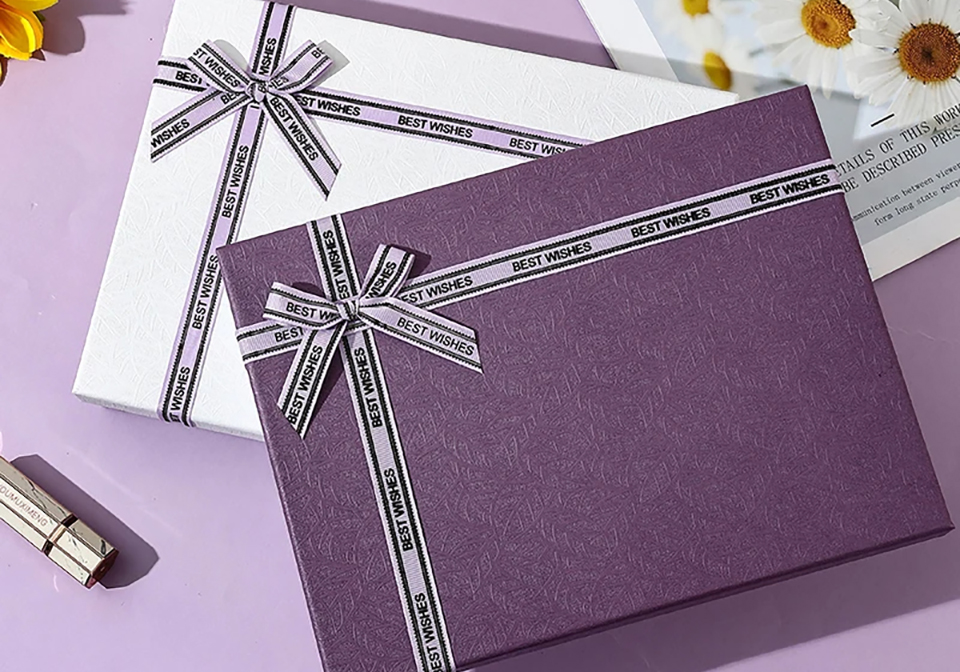
6. Produkcja cyfrowa: przełomowa ścieżka personalizacji małych serii
Elastyczny łańcuch dostaw rekonstruuje krajobraz branży:
- Technologia symulacji 3D: Nasza fabryka kończy wizualizację projektu w 8 godzin, skracając cykl proofingu o 70%.
- Drukowanie na żądanie: Producenci z Dongguan używają sprzętu HP Indigo, zmniejszając koszt 1 sztuki o 40%.
- Inteligentne magazynowanie: Znaczniki RFID umożliwiają śledzenie całego cyklu życia opakowań, a wskaźnik niedopasowania jest zmniejszony do poniżej 0,3%.
7. Brand co-branding: kodeks drogowy projektowania transgranicznego
Studium przypadku: Pudełko na krawaty CROATA co-brandowane z chorwackim dziedzictwem kulturowym IP, napędzające wzrost sprzedaży o 150%. Metodologia obejmuje:
- Implantacja symboli kulturowychtakich jak tłoczenie na gorąco wzorów Dunhuang i technologia wycinania w papierze niematerialnego dziedzictwa kulturowego.
- Ograniczony system numeracjizwiększają wartość kolekcji, a premia na rynku wtórnym sięga 300%.
8. Optymalizacja transportu: od centrum kosztów do dźwigni zysków
Zmniejszenie strat logistycznych poprzez projektowanie strukturalne:
- Wewnętrzna taca o strukturze plastra miodu: Odporność na uderzenia poprawiona o 55%, zmniejszając zużycie wypełniacza o 30%
- Zintegrowane opakowanie: Połączenie pudełka na buty i skrzynek ekspresowych w celu zwiększenia wykorzystania przestrzeni przez 40%
9. Oparty na danych: Model odwrotnej personalizacji C2M
Inteligentna analiza oparta na recenzjach e-commerce:
- Gorące słowo górnictwo: Na przykład popyt na "łatwe do rozpakowania" i "łatwe do wyświetlenia" wzrastał o 120% rocznie, napędzając popularyzację bocznego otwierania pokrywy pudełka.
- Strategia regionalizacji: Rynek skandynawski preferuje minimalistyczne białe pudełka, a Azja Południowo-Wschodnia lubi kolory o wysokim nasyceniu.
10. Usługa full-link: podstawowa konkurencyjność producentów
Wiodące firmy stworzyły cztery główne możliwości:
- Integracja projektowania, produkcji i logistyki: Na przykład Fuson Graphics zapewnia 24-godzinną fizyczną dostawę próbek.
- Globalna certyfikacja zgodności: FSC, REACH i inne kwalifikacje skracają cykl dostaw zamówień transgranicznych o 50%.
- Inwentaryzacja hostingu w chmurze: Producenci z Dongguan zmniejszają wykorzystanie kapitału klienta o 60% dzięki modelowi VMI.
Podsumowanie
Dostosowanie obuwia i pudełka do pakowania odzieży wkroczyła w erę trójwymiarowej konkurencji "technologia + estetyka + dane". Marki muszą traktować potrzeby użytkowników jako punkt wyjścia, łączyć elastyczną produkcję ze zrównoważonymi koncepcjami i przekształcać opakowania w cichych sprzedawców. Od mechanicznej optymalizacji papieru falistego po spersonalizowaną ekspresję druku cyfrowego, każda innowacja jest precyzyjnym przechwyceniem dywidend rynkowych.



